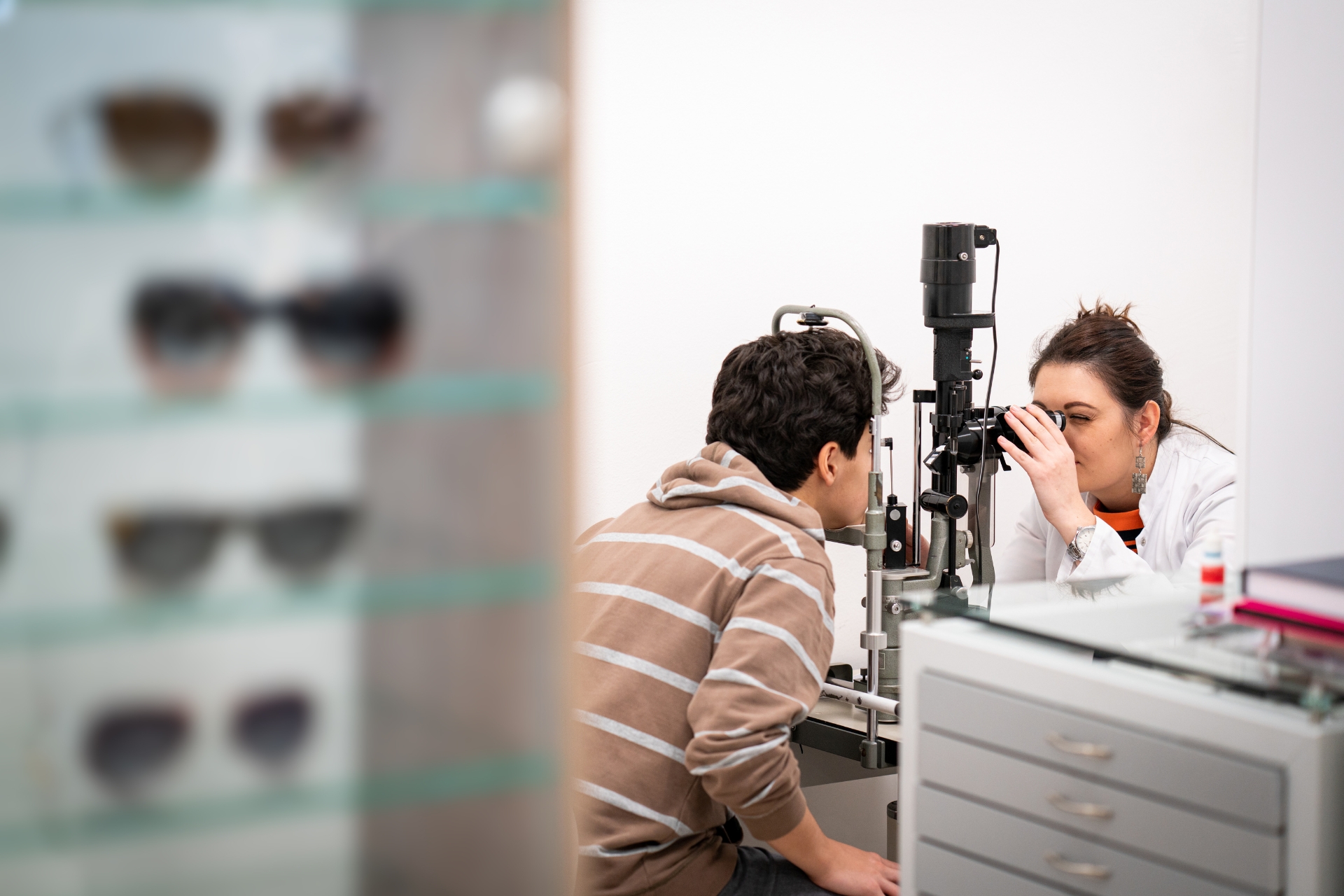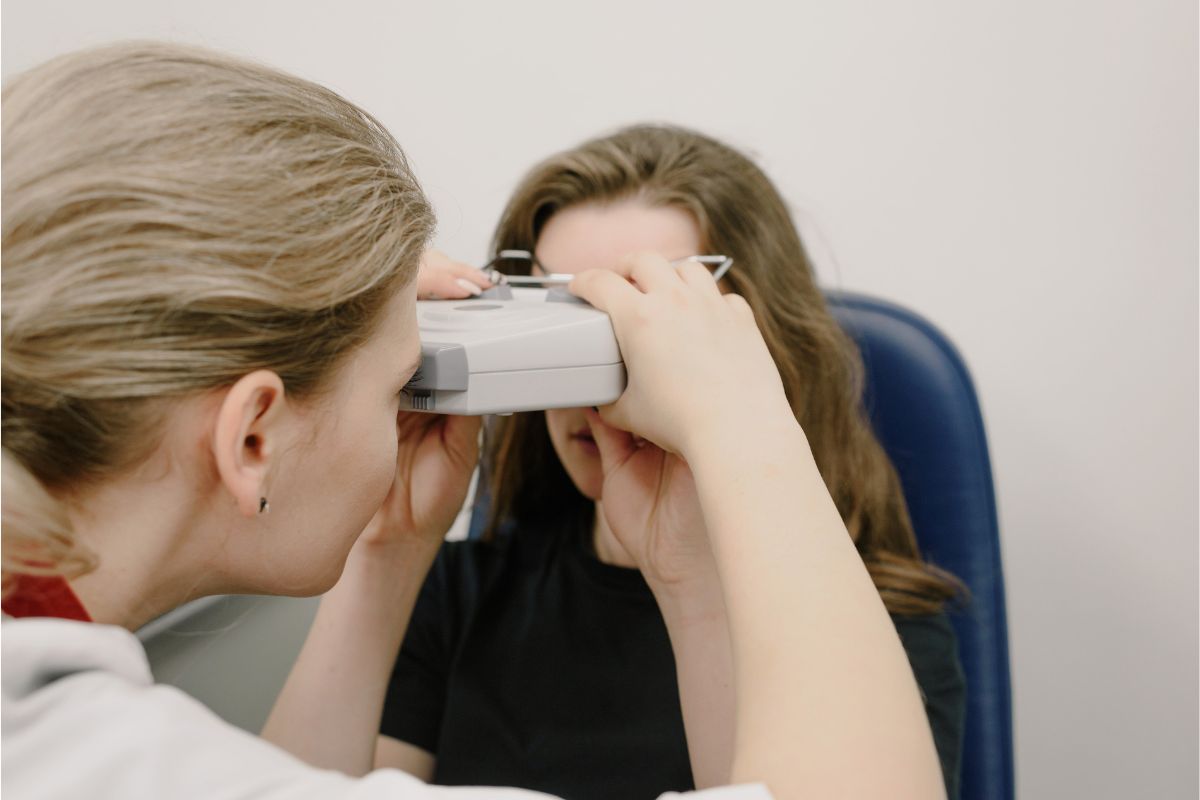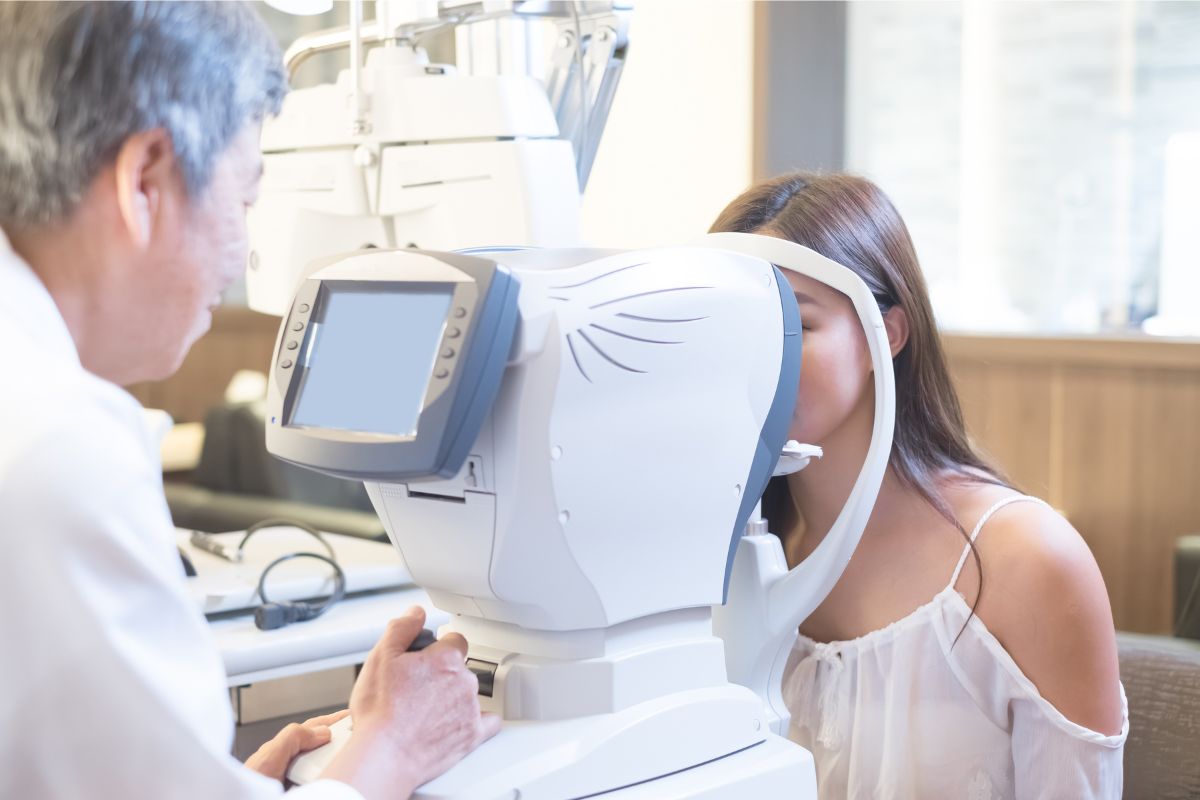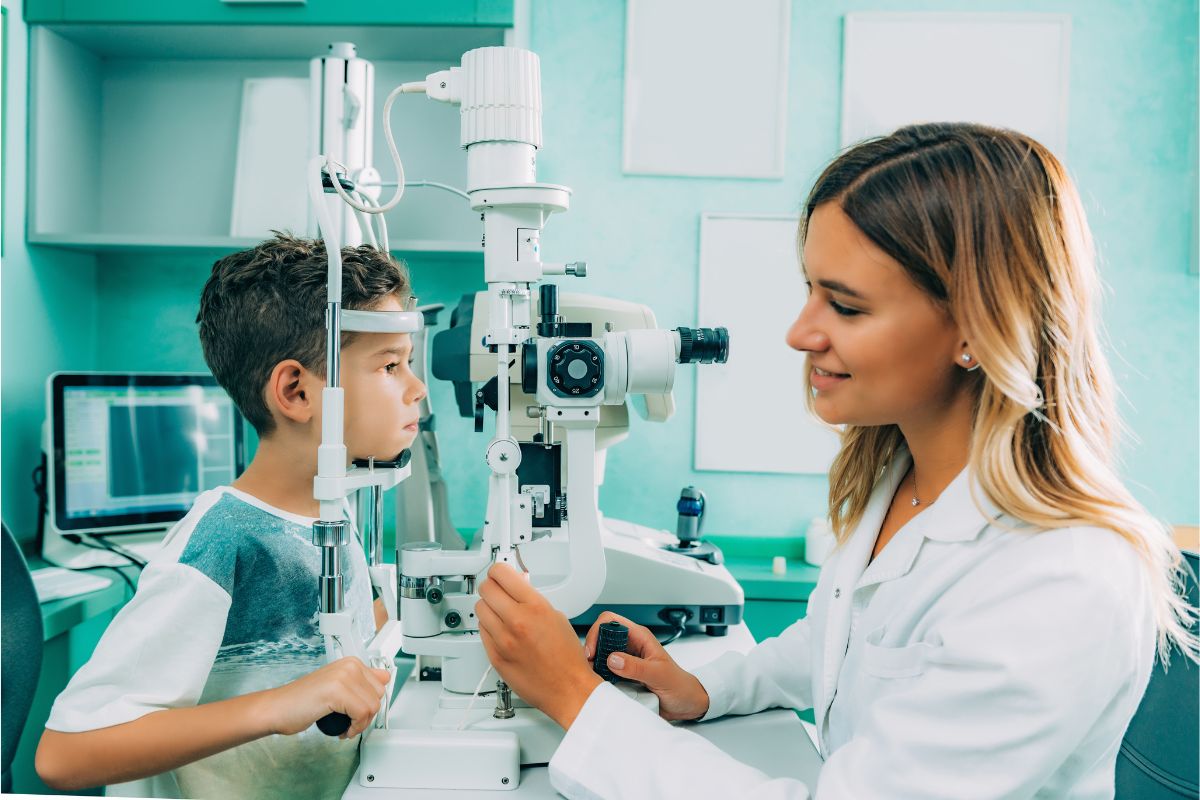
The importance of continuous learning in fostering a thriving culture within eye care clinics cannot be understated. As the field of optometry constantly evolves with new technologies, techniques, and research findings, staying ahead of the curve is crucial. For many clinics, such as Optometrist in Baltimore, MD, the commitment to ongoing education and training directly impacts the quality of care provided to patients. By cultivating an environment where learning is not only encouraged but actively supported, eye care clinics can deliver superior service while fostering personal and professional growth among staff members.
Optometry is a field where advancements in equipment, diagnostic tools, and treatment methodologies are frequent. Without continuous education, practitioners risk falling behind and potentially delivering outdated care. Whether it’s the latest in retinal imaging technology or breakthroughs in contact lens design, clinics must remain at the forefront of innovation to offer the best possible solutions to their patients. This is especially true in fast-paced metropolitan areas where patient expectations are high, and competition among clinics is fierce.
Eye care clinics that prioritize ongoing education ensure their staff is equipped with the most current knowledge and skills. When patients visit, they benefit from the latest and most effective treatments available, enhancing their overall experience and outcome. Regular training sessions, workshops, and conferences allow optometrists and support staff to expand their expertise and stay updated on industry trends.
Continuous learning is not just about staying competitive; it is fundamentally about improving patient outcomes. When optometrists and technicians engage in professional development, they bring new insights and approaches back to their clinics. This can range from improving patient interaction techniques to adopting cutting-edge diagnostic tools that enable more accurate assessments. In fact, clinics like Clarity Eyecare incorporate continuous learning as part of their core values, ensuring that their patients receive the highest standard of care through up-to-date practices and technologies.
Moreover, when staff members engage in professional development, they are more confident and capable in their roles. This confidence translates to better communication with patients, more thorough explanations of treatment plans, and more personalized care. Patients feel more at ease knowing that their optometrist is informed about the latest developments in eye care, further strengthening the trust between the clinic and the patient.
Building a thriving learning culture within a clinic involves more than just attending occasional seminars or training sessions. It requires a proactive approach where continuous learning is ingrained in the day-to-day operations of the clinic. For example, Clarity Eyecare offers ongoing mentorship programs, regular team discussions about new research, and access to resources that enable their team to stay current in their field. This type of structured approach ensures that every team member, from optometrists to administrative staff, is involved in the clinic’s growth.
In addition to formal learning, encouraging a culture of curiosity and exploration plays a crucial role. Staff members who are passionate about their work will naturally seek out new information and share their findings with their peers. Eye care clinics that promote this mindset empower their teams to take ownership of their development, which ultimately benefits both the clinic and its patients.
Leadership plays a pivotal role in shaping the learning culture within an eye care clinic. When the clinic’s leaders demonstrate a commitment to their own professional development, it sets a positive example for the entire team. Clinic owners and managers should invest in both time and resources to provide ample opportunities for education and development. This includes bringing in industry experts for training sessions, providing access to online courses, or even sponsoring attendance at national conferences.
Moreover, leaders should encourage open communication and feedback from their team members regarding their learning needs and interests. A collaborative approach ensures that the clinic invests in the areas of learning that will have the most significant impact on both staff development and patient care.
Ultimately, the role of continuous learning in shaping a thriving culture within eye care clinics cannot be overlooked. Eye care professionals must embrace the ever-evolving nature of their field and commit to personal and collective growth. Through a culture of learning, clinics like Clarity Eyecare demonstrate their dedication to offering the highest level of care to their patients. In doing so, they not only enhance patient outcomes but also create an engaging and supportive work environment that fosters long-term success.






